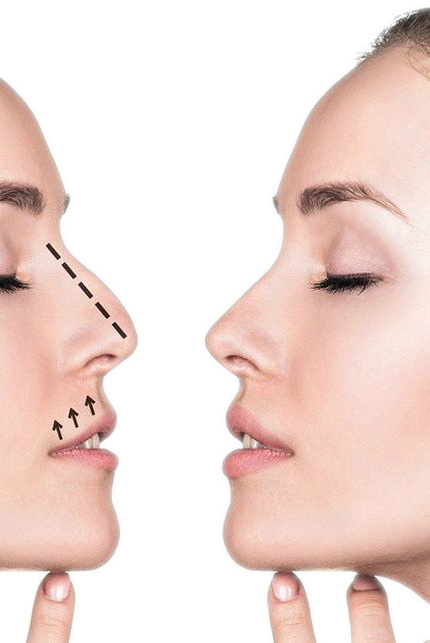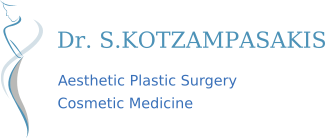
Rhinoplasty, sometimes referred to as a "nose job" or "nose reshaping" by patients, enhances facial harmony and the proportions of your nose.
It can also correct impaired breathing caused by structural defects in the nose. Rhinoplasty can treat nose size in relation to facial balance, nose width at the bridge or in the size and position of the nostrils, nose profile with visible humps or depressions on the bridge, nasal tip that is enlarged or bulbous, drooping, upturned or hooked, nostrils that are large, wide or upturned and nasal asymmetry.
Functional rhinoplasty is done to improve the appearance of the nose and to treat an obstructed airway. Correction of a deviated septum, one of the most common causes of breathing impairment, is achieved by adjusting the nasal structure to produce better alignment.
The procedure
Rhinoplasty may be done under local anesthesia, intravenous sedation or general anesthesia.
The operation is performed either using a closed procedure, where incisions are hidden inside the nose, or an open procedure, where an incision is made across the columella, the narrow strip of tissue that separates the nostrils. Through these incisions, the skin that covers the nasal bones and cartilages is gently raised, allowing access to reshape the structure of the nose.
Usually an overly large nose may be reduced by removing bone or cartilage. Sometimes surgery of the nose may require the addition of cartilage grafts. Most commonly, cartilage from the septum, the partition in the middle of the nose, is used for this purpose. Occasionally cartilage from the ear or rarely a section of rib cartilage can be used.
If the septum is deviated, it can be straightened and the projections inside the nose reduced to improve breathing.
Once the underlying structure of the nose is sculpted to the desired shape, nasal skin and tissue is redraped and incisions are closed. Additional incisions may be placed in the natural creases of the nostrils to alter their size.
For a few days, splints and gauze packing may support the nose as it begins to heal.
Recovery
During rhinoplasty recovery, a splint and/or packing may be placed inside the nose and a splint or bandages placed on the outside to support and protect the new structures during initial healing.
While initial swelling subsides within a few days, it may take up to six months for the new nasal contour to fully refine. During this time you may notice gradual changes in the appearance of the nose as it refines to a more permanent outcome.

